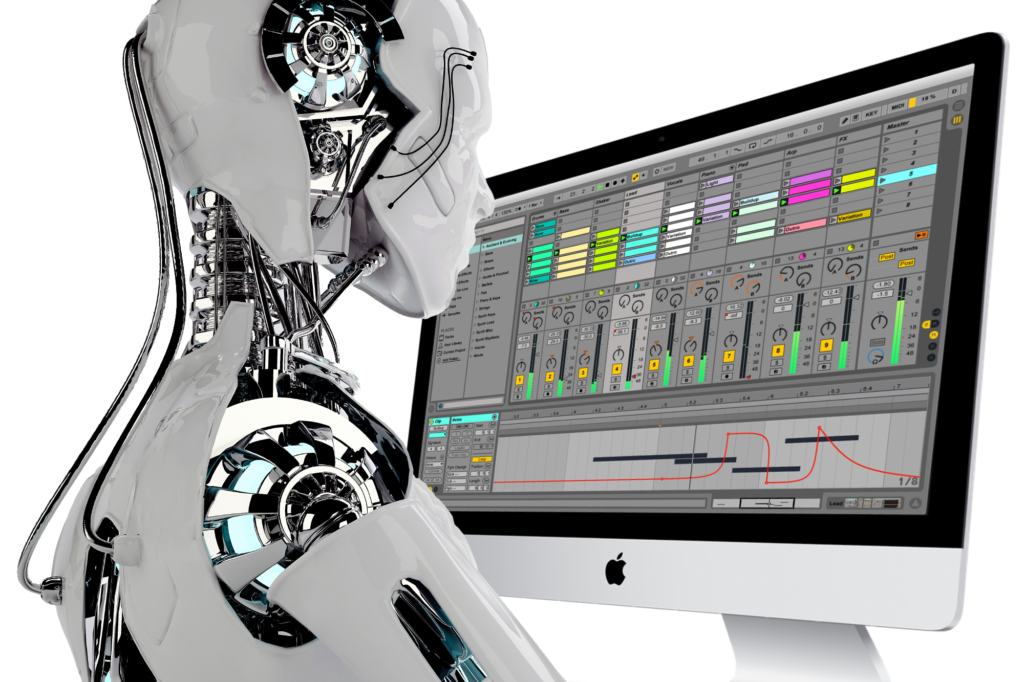The future of beatmaking promises to be exciting, with the ongoing evolution of technology and musical trends. Here are some possible directions for the future of beatmaking:
- Artificial Intelligence (AI) and Machine Learning: AI will continue to play an increasingly significant role in beatmaking. AI tools could be used to generate rhythms, melodies, and harmonies based on the artist’s preferences. Machine learning models could also be employed to enhance the sound quality of beats and assist producers in finding unique sound combinations.
- Advanced Sound Synthesis: Advances in sound synthesis could allow producers to create even more original and innovative sounds. More powerful virtual synthesizers could offer a greater variety of timbres and sonic textures.
- Immersive User Interfaces: User interfaces could become more immersive and intuitive, enabling producers to manipulate sounds and rhythms in a more organic and natural way. This could include the use of virtual reality (VR) or augmented reality (AR) to create virtual production environments.
- Enhanced Remote Collaboration: Tools for remote collaboration could be improved, allowing producers to work together on projects in real time, no matter where they are in the world.
- Real-time Data Integration: Sensors and wearable devices could be integrated into the beatmaking process, enabling producers to capture real-time data such as body movements or physiological signals to influence the generated music.
- Sustainability and Ethics: With greater awareness of sustainability and ethics, producers could adopt more environmentally friendly practices and ensure that the tools and technologies used are produced ethically.
- Incorporation of Emerging Musical Styles: Beatmaking could continue to adapt to new emerging musical styles by incorporating elements from genres such as electronic, hip-hop, trap, experimental music, and more.
- Advanced Customization: Beatmaking tools could offer even deeper customization, allowing producers to create sounds and rhythms that truly reflect their unique artistic identity.
It’s important to note that the future of beatmaking will depend not only on technological advancements but also on the preferences and cultural shifts of producers and artists. Emerging music trends, combined with technological innovation, will collectively shape the direction that beatmaking takes in the future.


